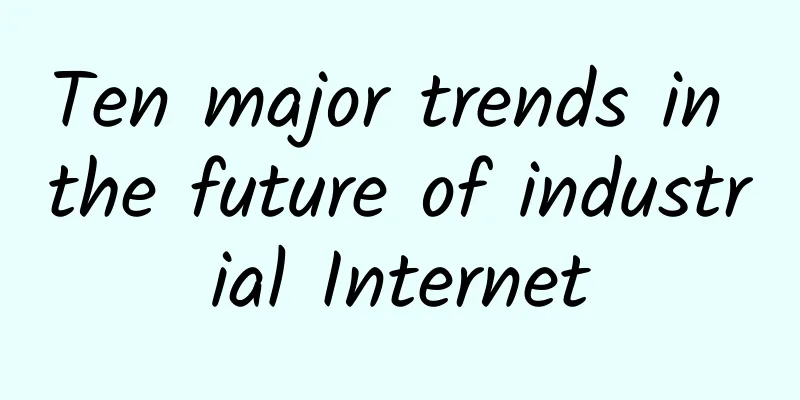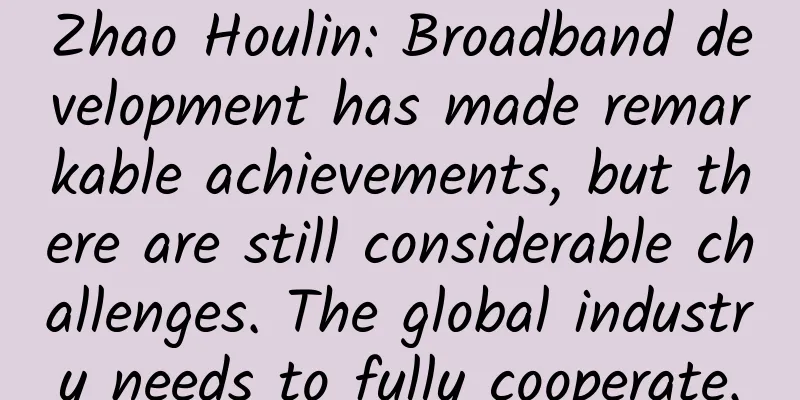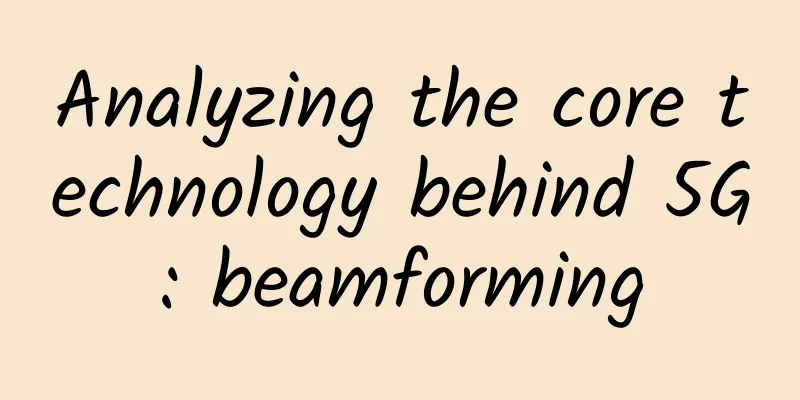Ten major trends in the future of industrial Internet

|
In recent years, major countries around the world have formulated action plans for the transformation of traditional industries to intelligent ones. Following Germany's Industry 4.0 plan, my country has also proposed the Made in China 2025 plan. Based on my country's complete industrial chain and huge industrial scale, vigorously developing intelligent industries will surely usher in another wave of development climax for China's industry and economy. Based on the development foundation of China's industrial Internet, China's industrial Internet will present ten major evolution trends in the future.
1. Industrial data from information fragmentation to borderless circulation Traditional industrial enterprise data is not only fragmented between enterprises, but also in the production, design, R&D, management, and operation of the same enterprise. The so-called Industrial Internet is based on various network interconnection technologies, connecting the entire life cycle of enterprises from creation to end, including industrial design, technology, production, management, and services. It will empower the entire industrial system to have intelligent functions of description, diagnosis, prediction, decision-making, and control. 2. Information tools from stand-alone software to industrial APP Compared with the current industrial software based on traditional architecture, such as ERP, which are all embedded software or non-embedded software models, these are stand-alone software, and most of them are limited to the factory where the software is installed. Industrial APP is an industrial software based on microservices, which is the inevitable result of the Internet's transformation of human production and life. Compared with the traditional relatively "solidified" and "closed" industrial software, industrial APP will definitely break the traditional system structure of industrial production like other Internet transformation products, and the future industrial production will also be guided by professional knowledge, based on digital models, and based on industrial microsystems. 3. Industrial analytics capabilities extend from the cloud to the edge The traditional "end-pipe-cloud" model is difficult to cope with the growing number of industrial IoT terminals and cannot guarantee the real-time and reliability of industrial production control. The future industrial analysis capability will be "cloud computing + edge computing". Cloud computing focuses on big data analysis of non-real-time, long-cycle data to support periodic maintenance and business decision-making, while edge computing focuses on real-time, short-cycle data analysis to support real-time intelligent processing and execution of local business. 4. Industrial value shifts from product-driven to service-driven Based on industrial data, the profit point of industrial equipment manufacturers will shift from "mainly focusing on product sales, repair and maintenance" to "mainly focusing on providing multi-dimensional productive services based on data." 5. Industrial communications from preset networking to flexible networking Data acquisition and processing are the key to the development of the Industrial Internet. With the rapid growth of IoT terminals, flexible and low-cost network solutions will become the development direction. In this situation, wireless transmission solutions have more development opportunities, and the customized development capability based on the protocol is the core competitiveness of solution providers. 6. Security protection scope changes from "IT protection" to "IT+OT protection" At present, the scope of industrial protection is mainly limited to the enterprise management end, and the industrial control security capability is weak. With the development of the industrial Internet, OT will further integrate with IT, and joint protection will become a development trend. 7. Product Lifecycle Management: From Physical Testing to Data Twins Based on the industrial data obtained by industrial Internet technology, digital twin technology has become a development focus. In the future, products from R&D, production to use will transform from traditional product life cycle management to digital twin application scenarios, realize the virtual world image of the product's entire life cycle, and improve the full life cycle management capabilities. 8. Product development model changes from single-point operation to collaborative complementarity The traditional R&D model faces challenges such as high product complexity, long R&D cycle, R&D involving multiple disciplines, multiple units, complex data model borrowing and inheritance relationships, etc. However, when the industrial Internet is platformized, the platform can aggregate the support of related enterprises, and the platform can be used to unify the management of collaborative R&D and shared support. In this way, the effect of collaborative progress between industrial R&D from overall design to subsystem units can be achieved, thereby improving the level of digital collaborative R&D and scientific research and production capabilities. 9. Product supply chain management from static to dynamic Traditional supply chain management is limited to process-related connections and lacks the overall value transfer and value-added services brought by data-driven, resulting in bottlenecks such as reduced profit margins of homogeneous enterprises, low efficiency of supply chain collaboration, core business processes being restricted by functional management, and poor information sharing. The Industrial Internet can realize the collection and management of real-time product data, achieve accurate matching between supply and demand based on real-time data, and realize effective dynamic control of the supply chain. 10. Operation mode changes from fragmented competition to win-win cooperation The traditional operation mode is based on enterprises, with independent operation and management of upstream and downstream enterprises, high competition among enterprises in the same link, low resource allocation rate, low information circulation, high information asymmetry between upstream and downstream, and further strengthening vicious competition. However, in the era of industrial Internet platform, information from all links will be gathered to form a strong information flow within and between industries, which is in line with the current trend of sharing economy. Such changes will form the best combination of manufacturers to meet customer needs, which will not only achieve the optimal allocation of resources, but also drive the market-oriented transformation of my country's economy. |
>>: How much do you know about the TCP three-way handshake principle?
Recommend
The key to making the Internet of Things really take off: wireless charging
From the average suburban home to the factory ass...
Seven steps to easy network segmentation
Network segmentation is a network security tool t...
For the first time in 21 years! SpaceX acquires satellite communications startup
On August 9, according to foreign media reports, ...
Sending Messages - RocketMQ Knowledge System (II)
[[410032]] In the previous article, we got to kno...
There are five main differences between RS232 and RS485
Many communication protocols are often used in em...
What can 5G technology do? It will have a significant impact on 20 industries
First of all, we must know what 5G is. In a nutsh...
[Closed] Arkecx 40% off, Hong Kong/Taiwan/Japan/Korea/USA etc. starting from $72/year
[Updated in August 2023] Please note that the off...
Many hands make light work, 5G bearer will gradually enter the mature stage
It has become an industry consensus that 5G will ...
What technologies and applications do 5G and the Internet of Things have in the World Cup?
Recently, the most exciting things are the comple...
HostYun UK London AS9929 line VPS host 10% discount monthly payment starting from 22.5 yuan, native IP
Those who are interested in UK VPS can pay attent...
Is the integrated air-space-ground information network really coming?
[[408522]] In recent years, with the popularizati...
3 Types of Wireless Network Site Surveys and How to Perform Them
Designing and maintaining a network is complex, b...
Canadian telecom operator Rogers shuts down its network on a large scale
According to foreign media, Rogers, one of Canada...
PacificRack July Promotion: Los Angeles KVM monthly payment starts at $1.5, 1G memory package annual payment starts at $12
PacificRack released several special products thi...
How to help enterprises improve the WiFi performance of wireless LAN?
Assuming your company has no money for a wireless...



![[6.18] Moack: $35.64/month-2xE5-2630L/32GB/1TB/10M bandwidth/South Korea server](/upload/images/67cac333327b6.webp)





